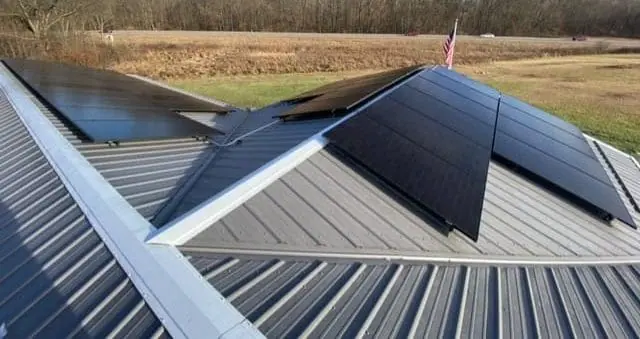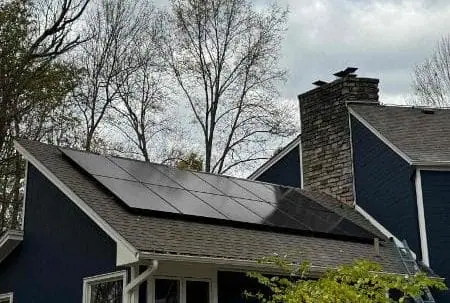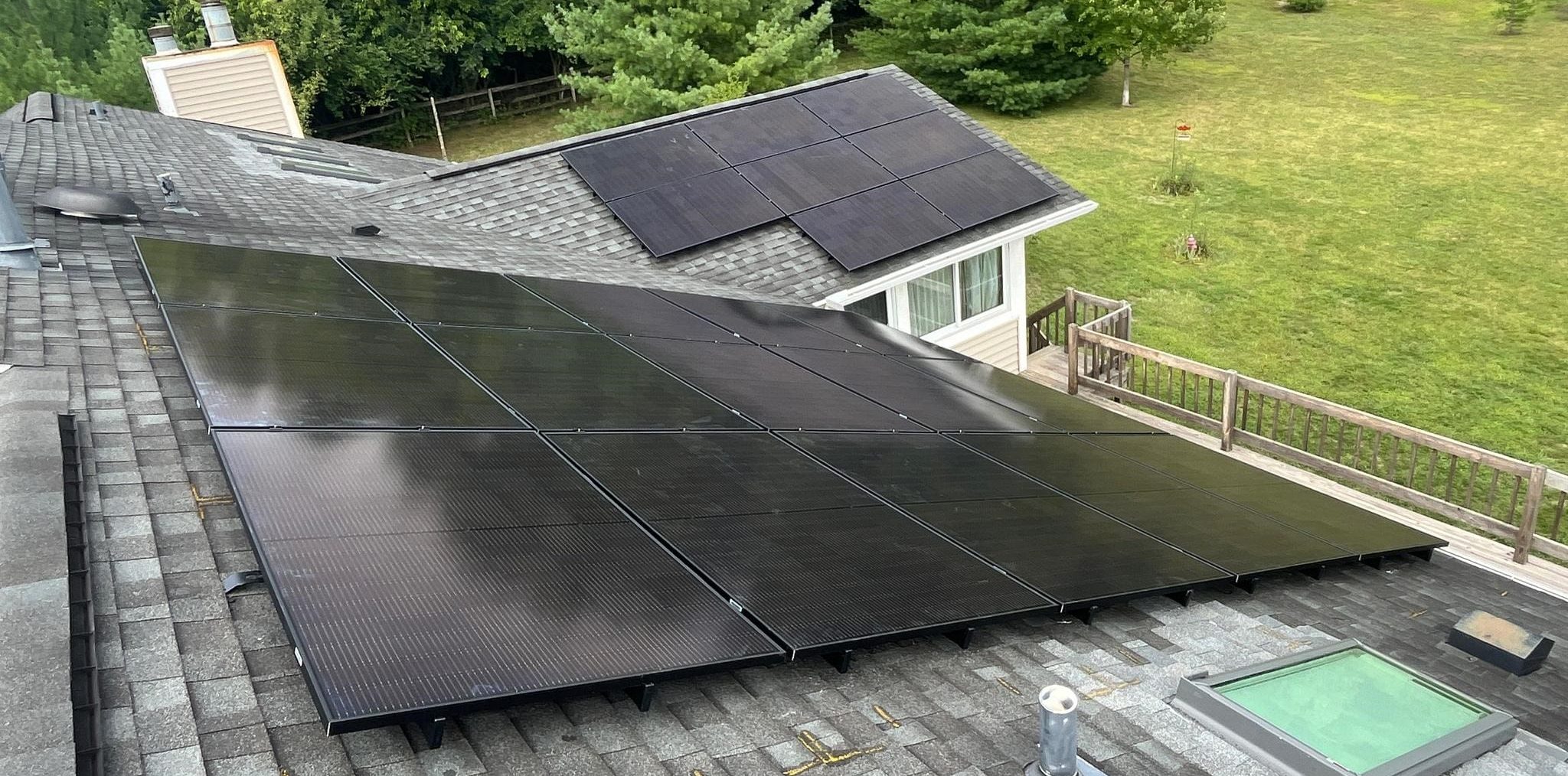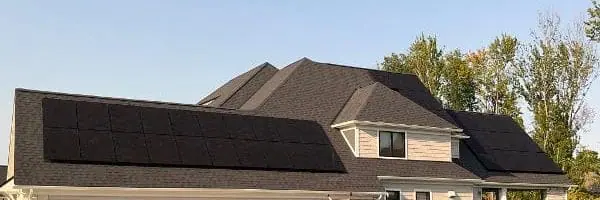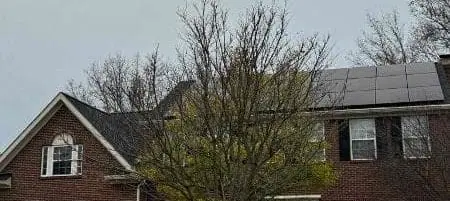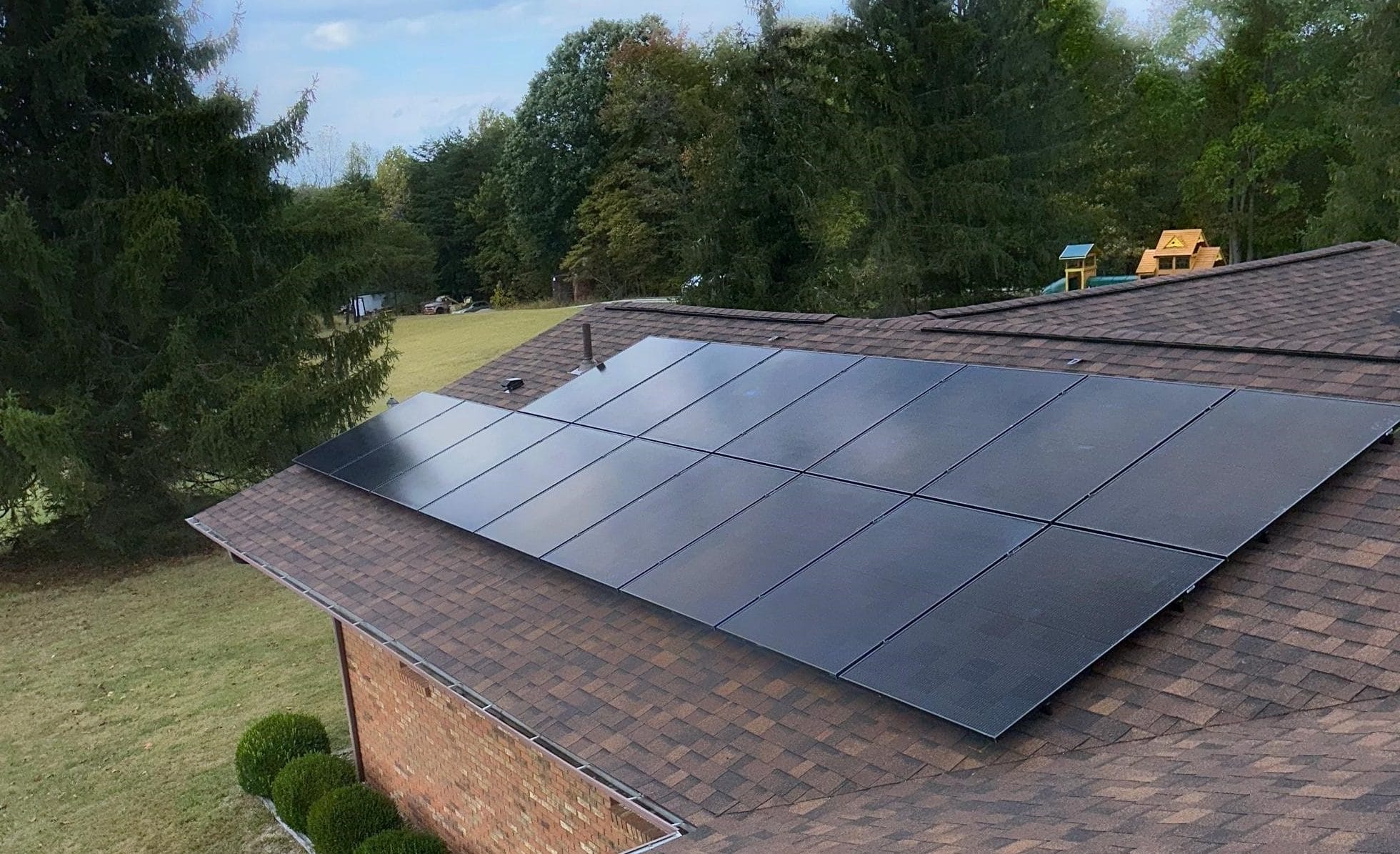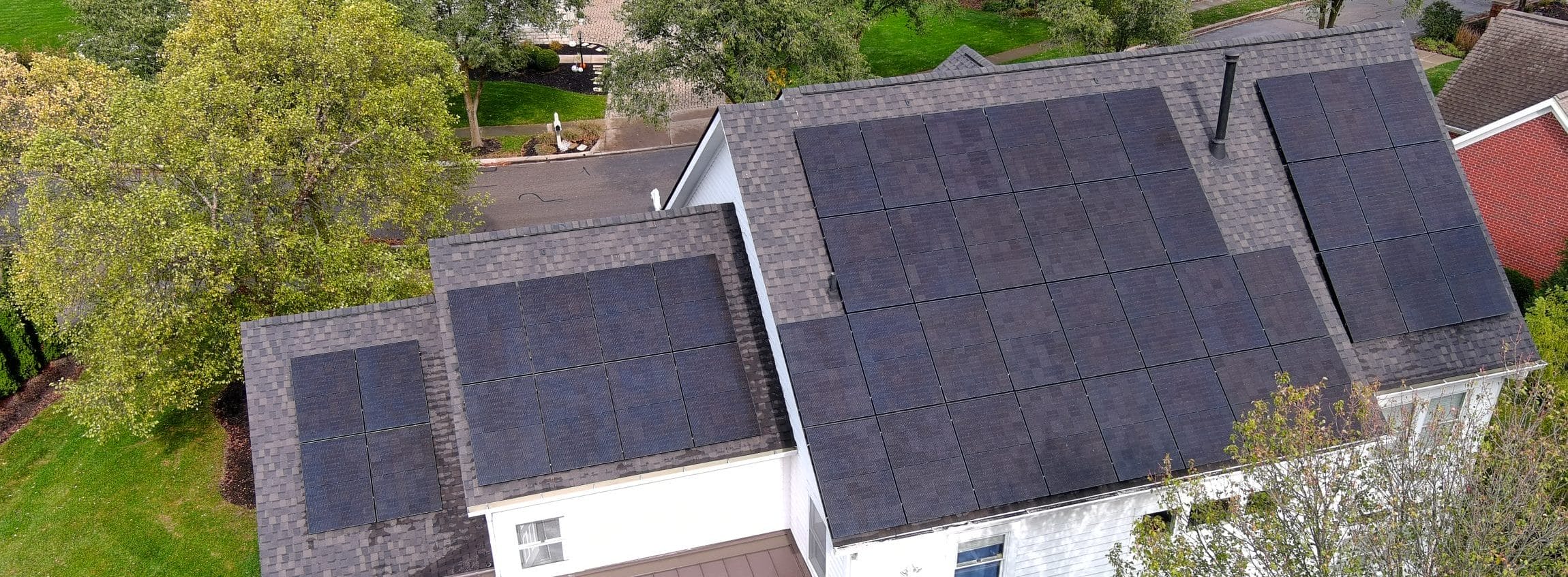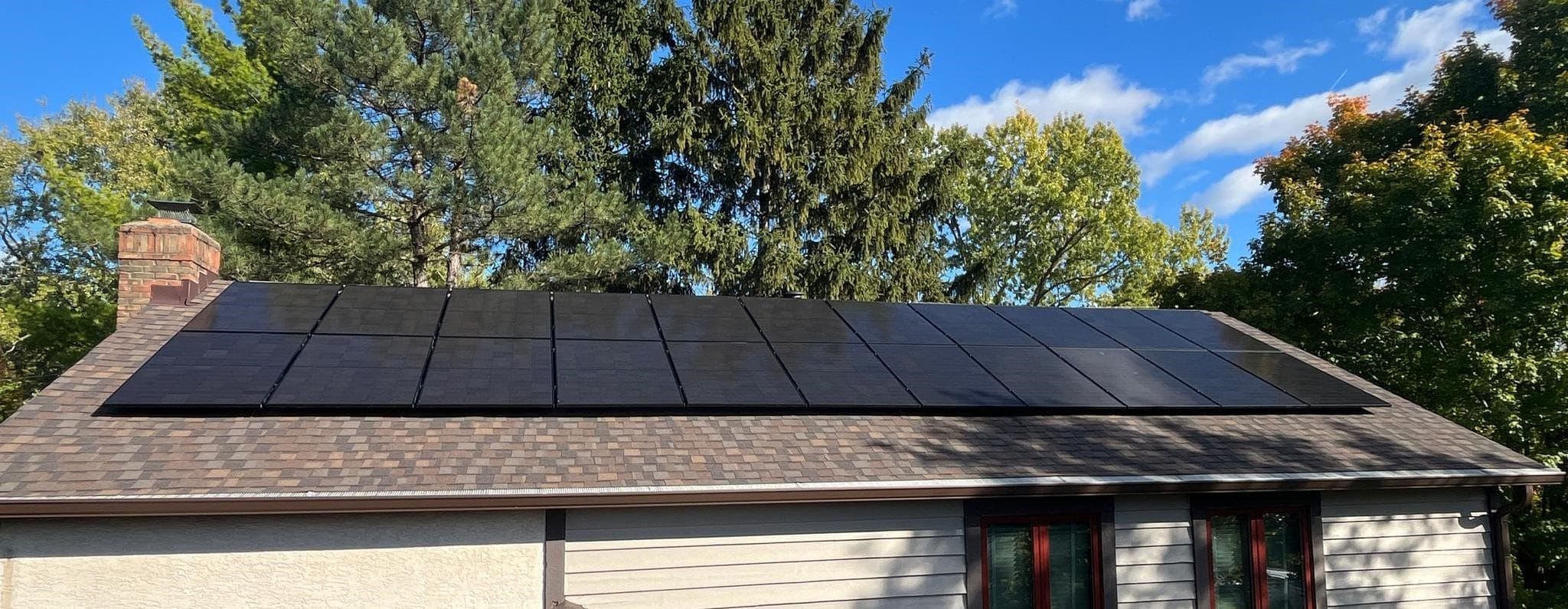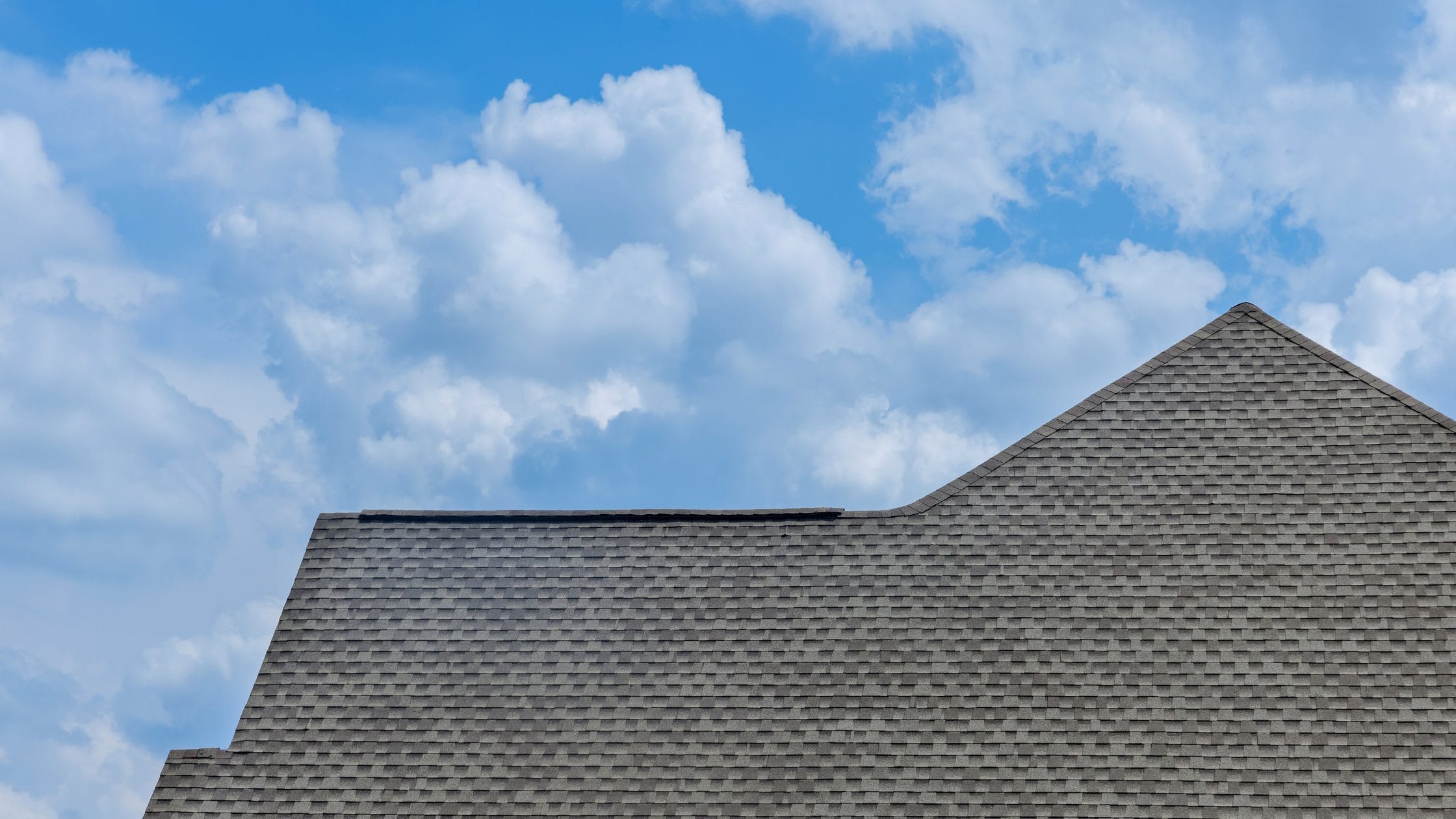Tiffin, Ohio Case Study
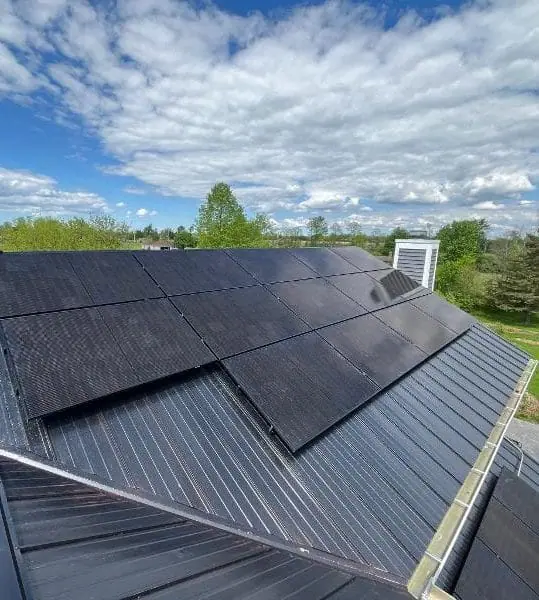

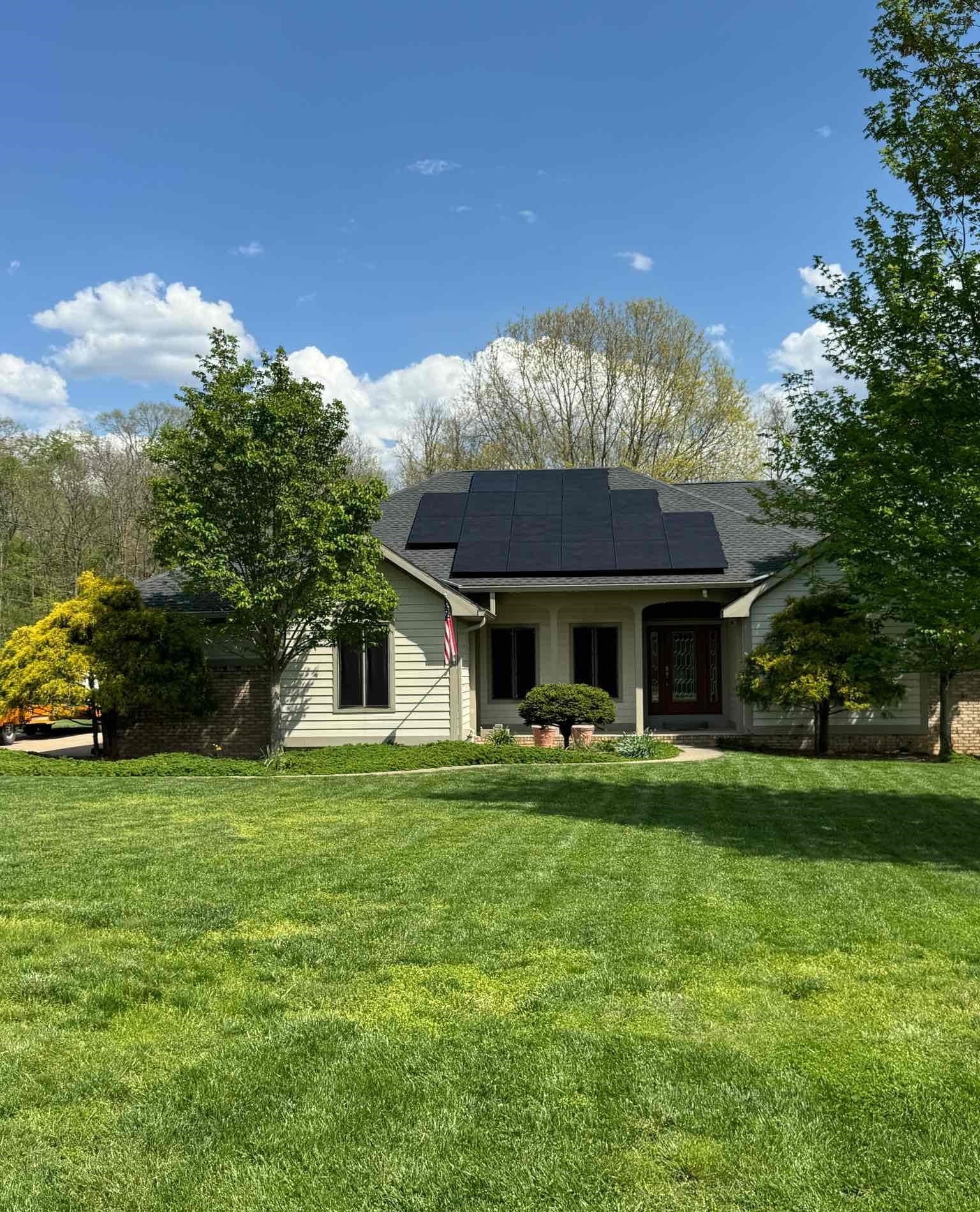
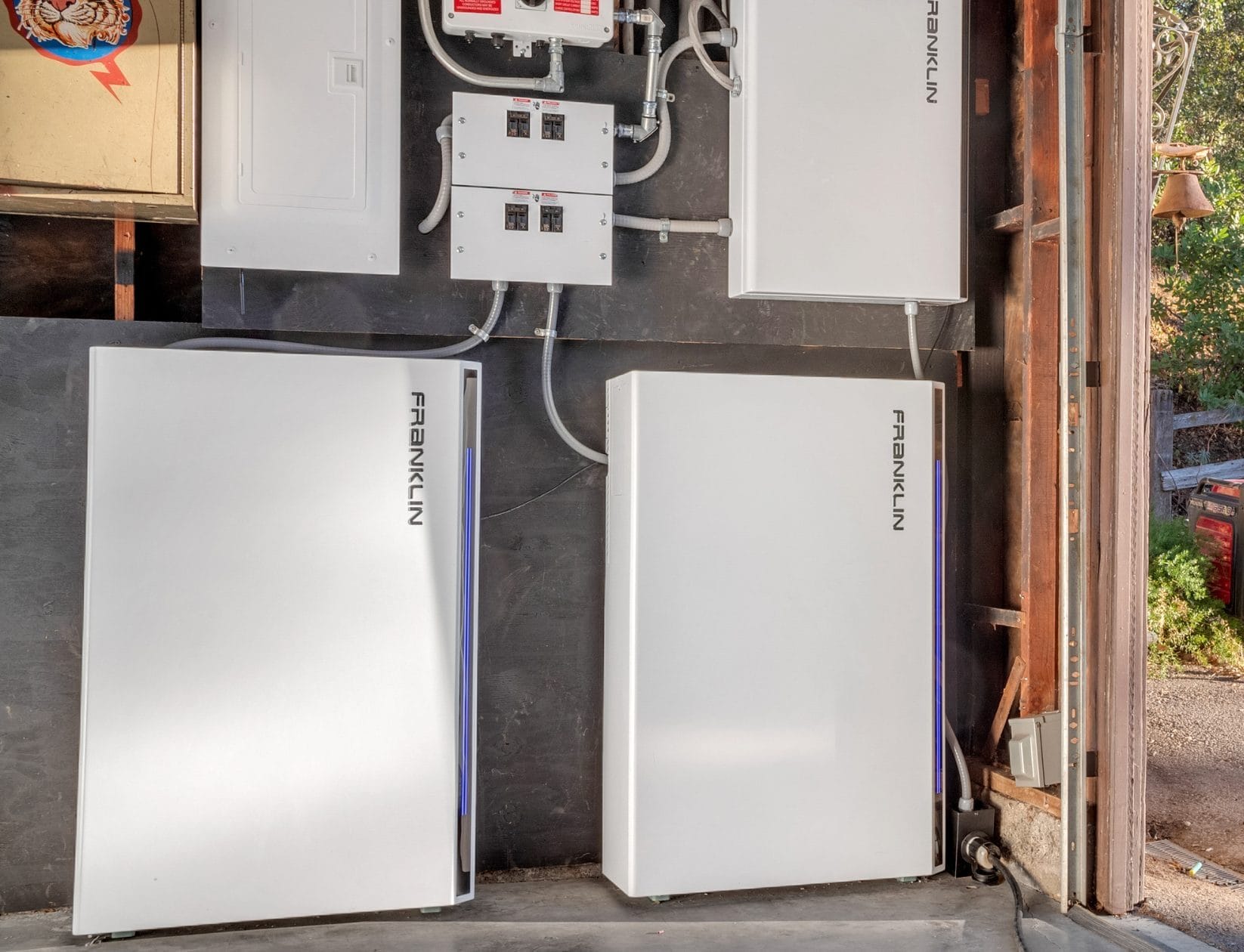
As more homeowners look for more grid independence, FranklinWH stands out with its intelligent, scalable, and future-proof energy solution. Designed to meet your evolving energy needs, FranklinWH offers a thorough home energy system that adapts as your needs grow.
FranklinWH is a fully integrated home energy management system that connects solar, battery storage, grid power, generators, and EV charging. Franklin is designed for long-term reliability with continuous battery backup during outages and peak demand times – if you’re looking to reduce your reliance on the grid and future-proof your home, FranklinWH is a great choice.
The aPower2 battery has a high capacity with 15 kWh of storage and 10 kW continuous output. The aPower 2 can easily power large appliances and essential loads at the same time, even during blackouts. It’s built with safe lithium iron phosphate and wrapped in a weatherproof design; it’s quiet, durable, and dependable, with a 15-year warranty and over 10,000 charge cycles.
If you need more power, that’s not a problem with FranklinWH – they make it easy to expand. With FranklinWH, you can add up to 15 aPower 2 batteries, which total up to 225 kWh. FranklinWH can handle it all, large homes, air conditioning, EVs, expanding solar systems, etc. You can even upgrade your current system, making it perfect for families planning to expand their energy capacity as their needs grow.
FranklinWH has three smart circuits that independently control critical and non-critical loads, it automatically starts/stops high-energy devices during an outage, there’s even a customizable circuit for EV charging, and it extends your battery life by managing load priorities.
FranklinWH is a complete, future-ready, battery backup system built to adapt, expand, and deliver peace of mind. Whether you’re going solar, expanding your current system, looking to enhance your home’s resilience, or upgrading for EV readiness, Franklin WH offers a smarter, quieter, more powerful solution.
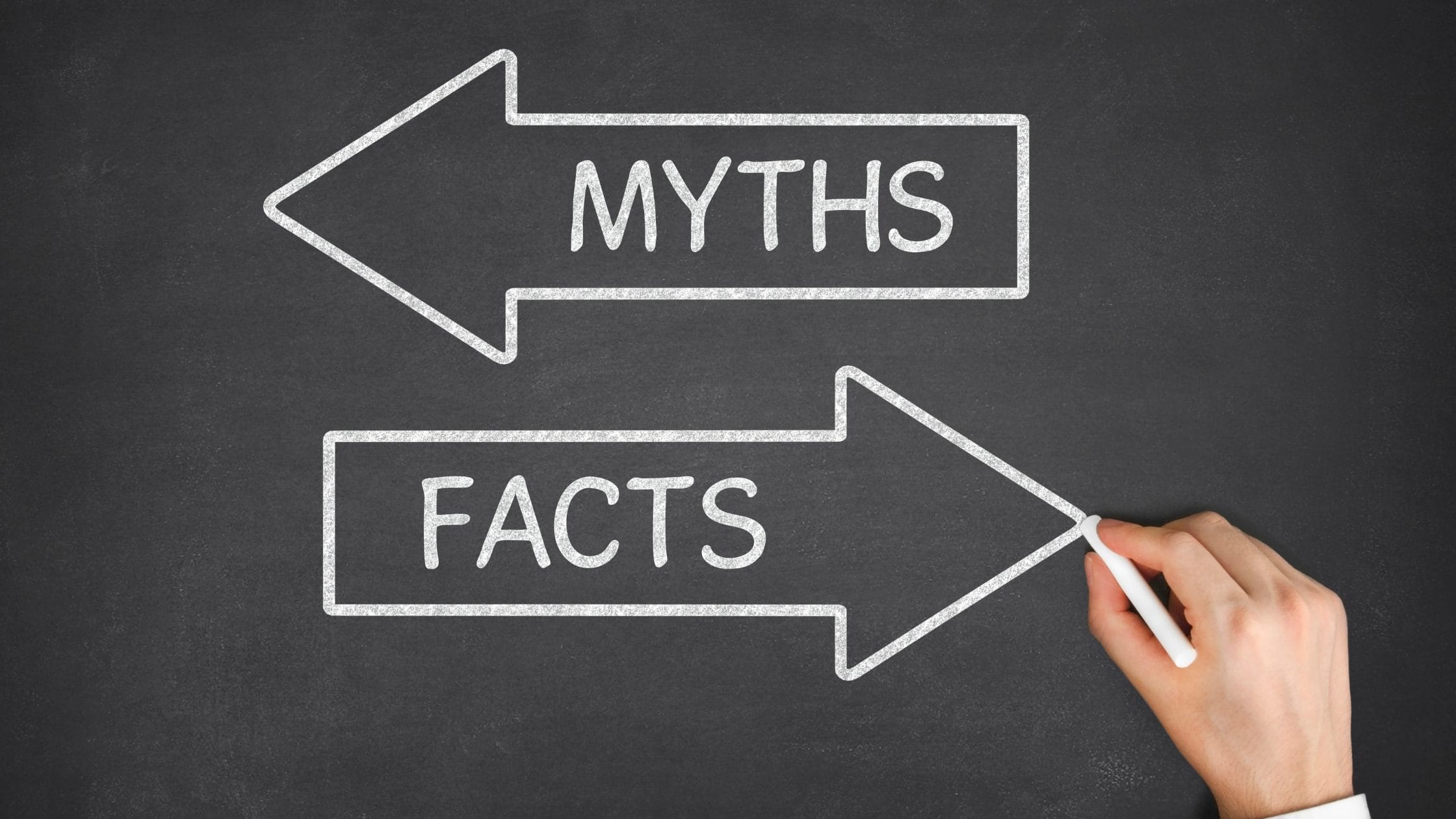
Solar has become one of the most promising and sustainable solutions for homeowners looking to lower their energy costs and minimize their environmental impact. Although solar is quite popular, several myths still exist about going solar – misconceptions that can discourage people from making the switch. Here are some common solar myths.
Myth #1 – Solar doesn’t work when it is raining
People can utilize solar in almost any environment, including rain and snow, because the sun still reaches the Earth. Battery backup is another solution, providing energy at night and when the sun’s not shining.
Myth #2 – Solar is too expensive
While cost varies for solar, you don’t have to pay it all upfront if you don’t have the means to do so, many companies, including Kokosing Solar, offer financing options. One of our solar experts will be happy to go over that with you during a consultation. Financing will allow you to pay for your system over time.
There are also local, state, and federal incentives that you can take advantage of to offset the total cost.
Myth #3 – Solar panels are too difficult to maintain
Solar panels require low maintenance; rain usually washes off dirt and debris, keeping them performing at their best.
You may need occasional inspections and cleaning, but solar panels require minimal upkeep.
Myth #4 – Solar Panels decrease the value of a home
Solar panels do not decrease the value of your home: in fact, they do the opposite! Homes with solar panels often have higher resale values because some buyers seek energy savings and environmental benefits. Homes with solar installations tend to sell faster and for higher prices compared to homes without. The home values may increase depending on the location, size of the system, and the local real estate market. Overall, people see solar panels as a home improvement.
Myth #5 – Free Solar from the Government
If you think free solar sounds too good to be true, that’s because it is! Although there are government incentives out there, nothing will cover your system’s expenses entirely. If someone claims your solar will be free, they’re likely trying to scam you or win your business at any cost.
Misleading ads claim local grant programs for homeowners, but solar has never been free—you’ll always pay for something.
Myth #6 – Going Solar is going Off-Grid
In most cases, you’re not going off-grid. If you live in a residential area, you will likely use a grid-tied system. This means you’re connected to the grid, earning credits for excess energy sent back, which can offset electricity costs at night or on cloudy days, while still having a backup power source when your panels aren’t producing enough energy.
Myth #7 – Solar is too complicated
Although professionals handle the setup, solar panels use straightforward technology and aren’t overly complicated. A professional will evaluate your roof’s condition, angle, and sunlight exposure to determine if solar panels are a good fit, then design a system tailored to your energy needs and roof. Your installer will take care of all the permits and approvals for local authorities or utility companies. Lastly, technicians will mount the panels, connect the system to your electrical panel, and ensure they integrate it safely with the grid. Then, the utility company will activate your system.
Myth #8 – Solar is unreliable
Many people believe energy is unreliable because the sun doesn’t shine 24/7, while this is true, solar can pair with energy storage systems that allow homeowners to store excess energy during sunny periods and use it on cloudy days. Solar is far from unreliable, with advancements in energy storage and integration into the grid, solar provides a stable and continuous energy supply.
In conclusion, solar energy provides a reliable, cost-effective, and sustainable solution for homeowners looking to cut energy bills and reduce their environmental impact. Advances in technology and available incentives have debunked myths about solar being expensive, hard to maintain, or unreliable. With grid-tied systems and low-maintenance panels, solar is a practical choice for nearly any home. Financing, tax incentives, and energy storage options make going solar more accessible than many believe.



